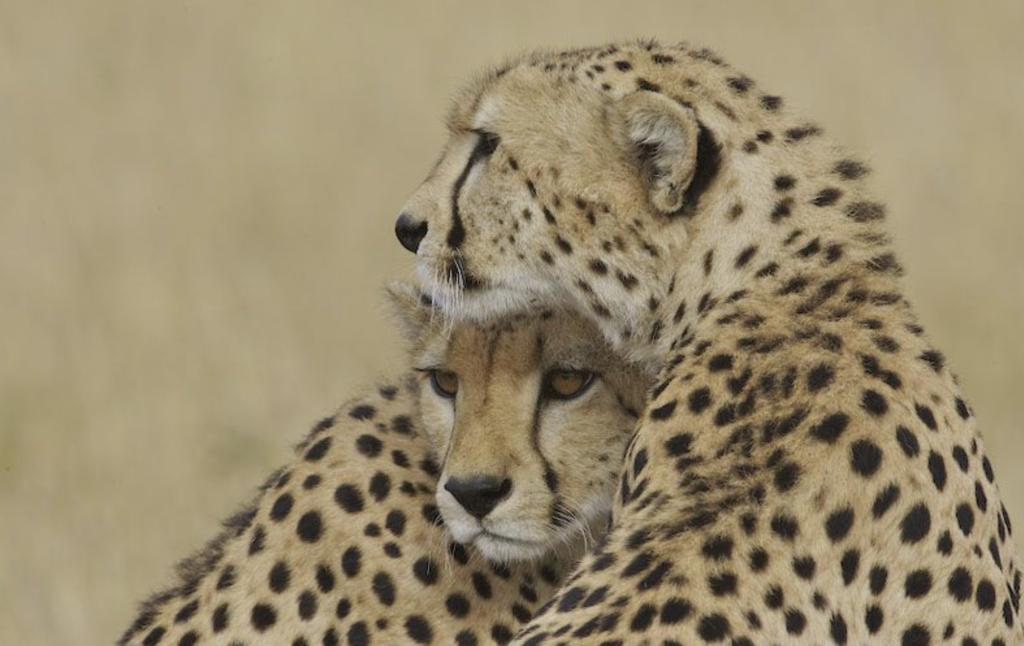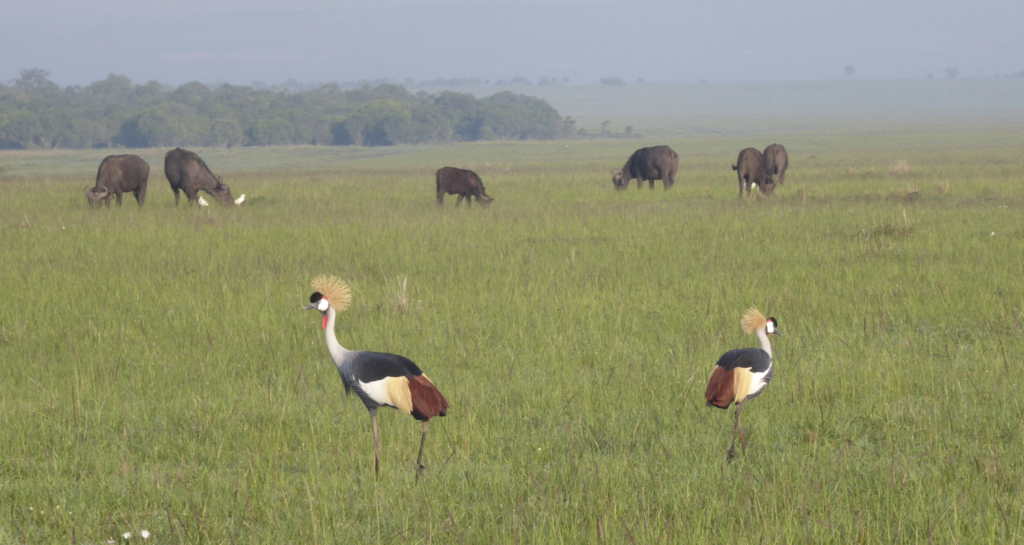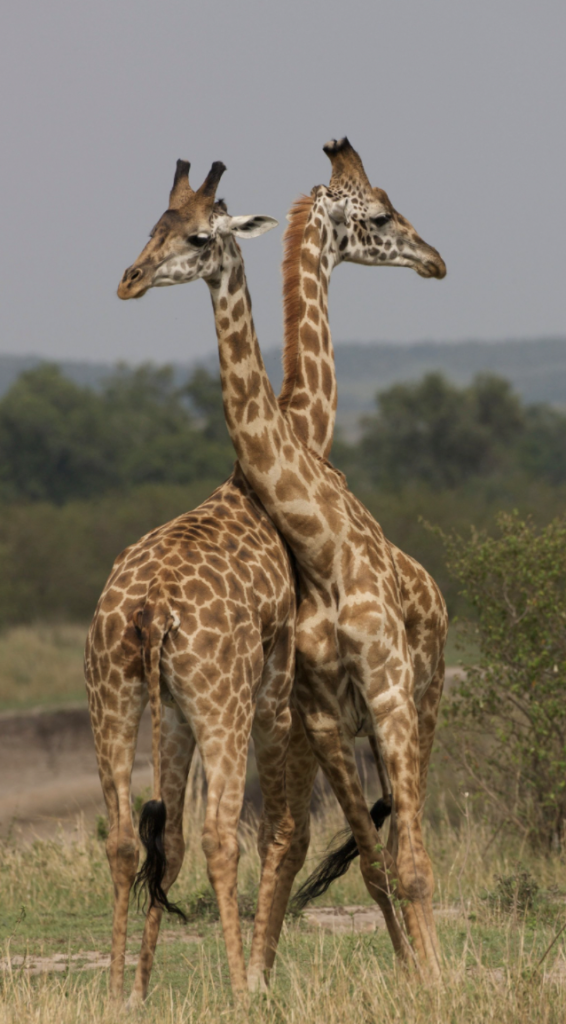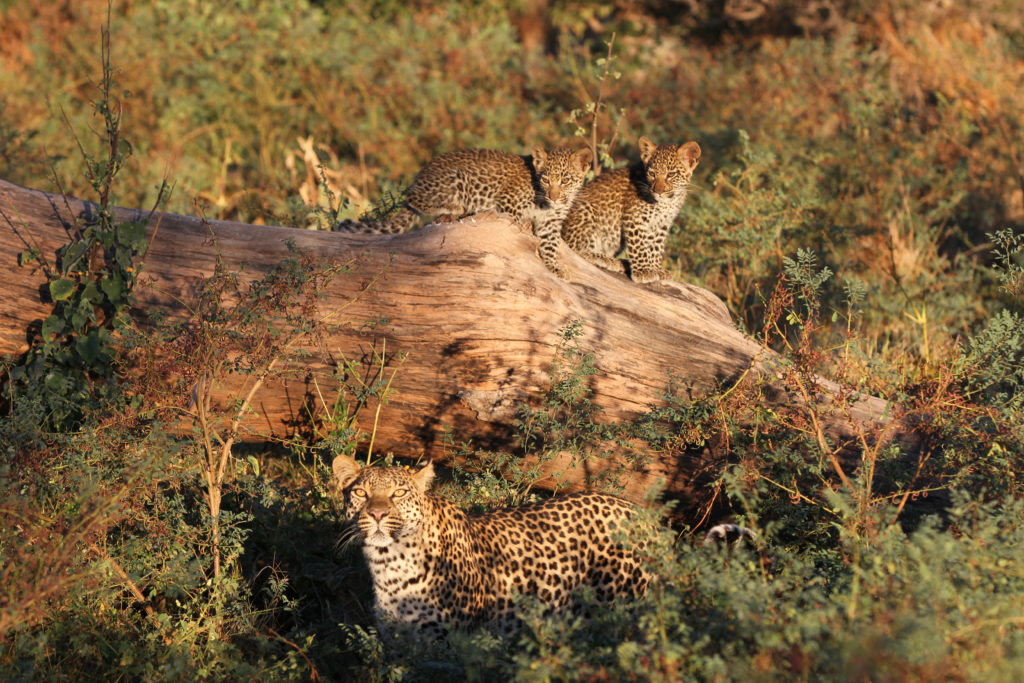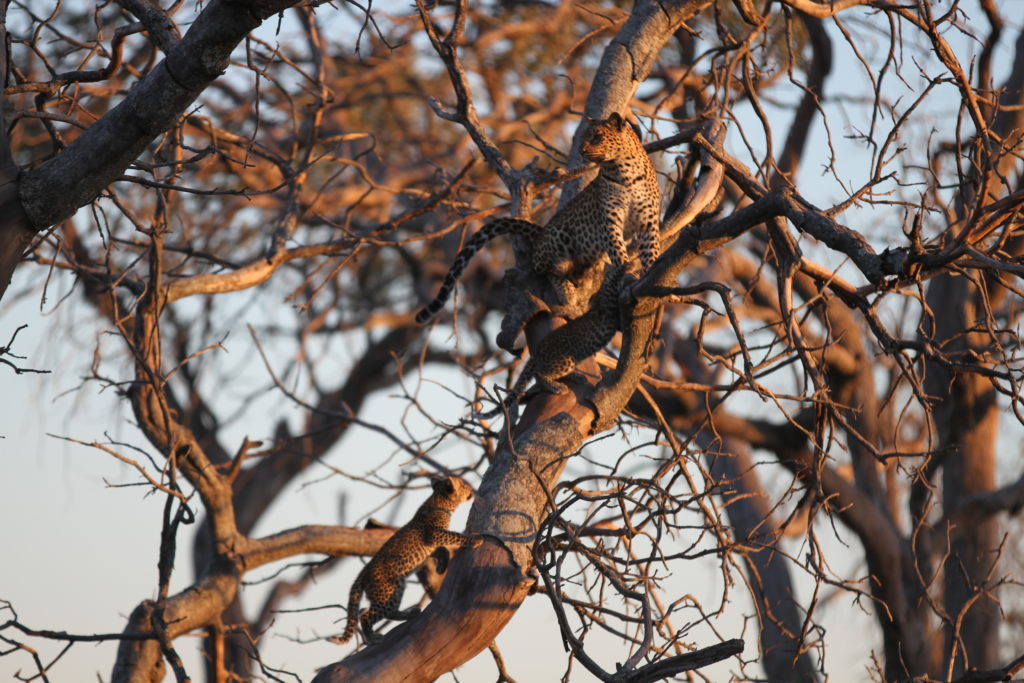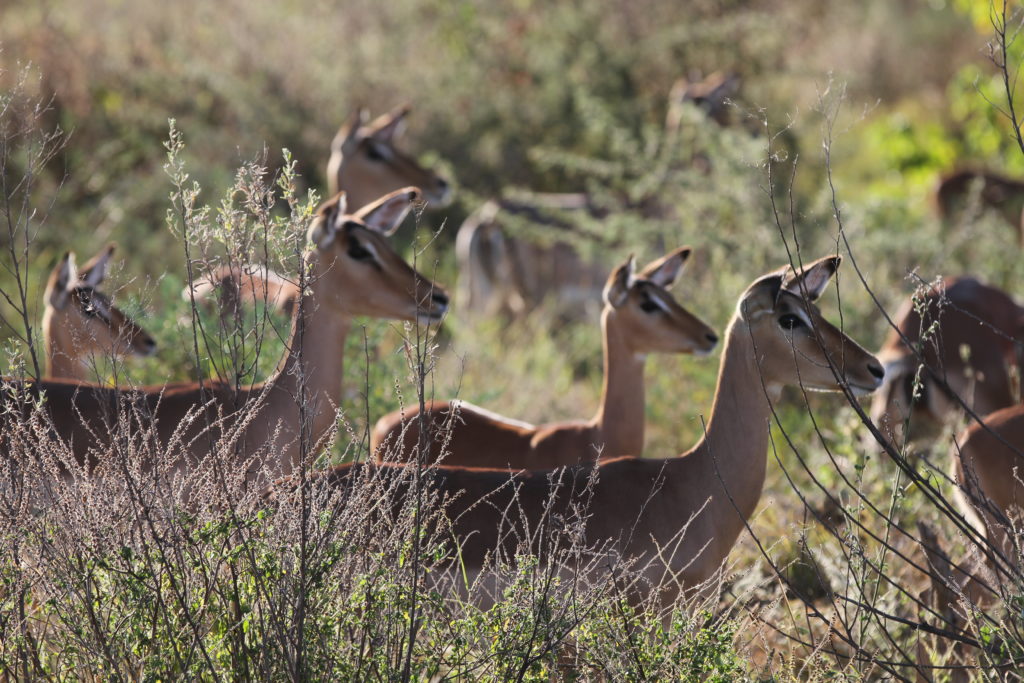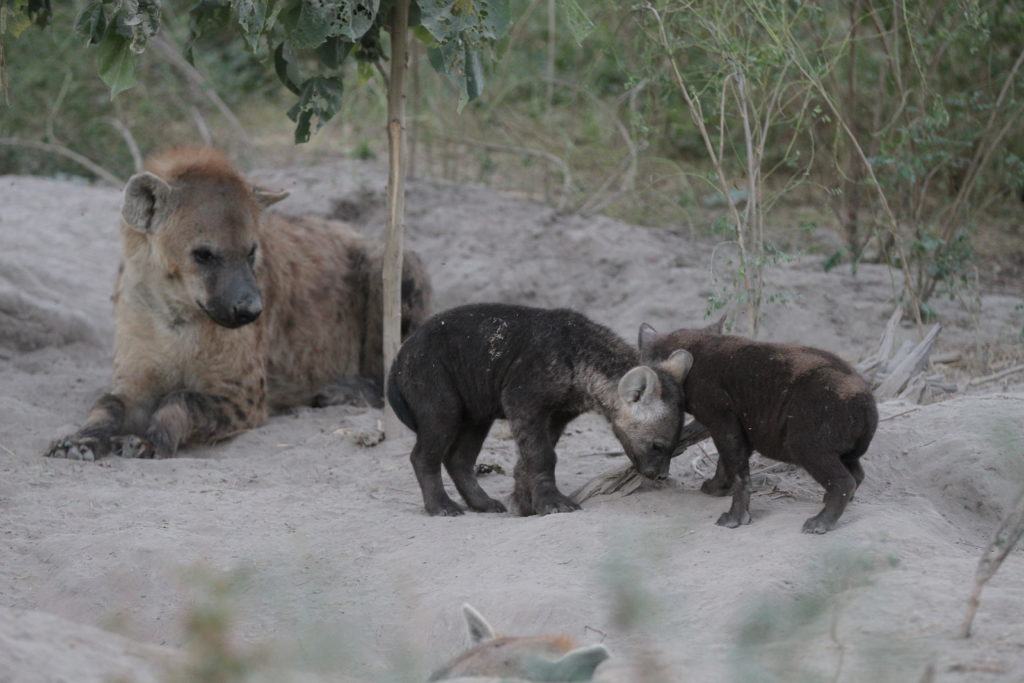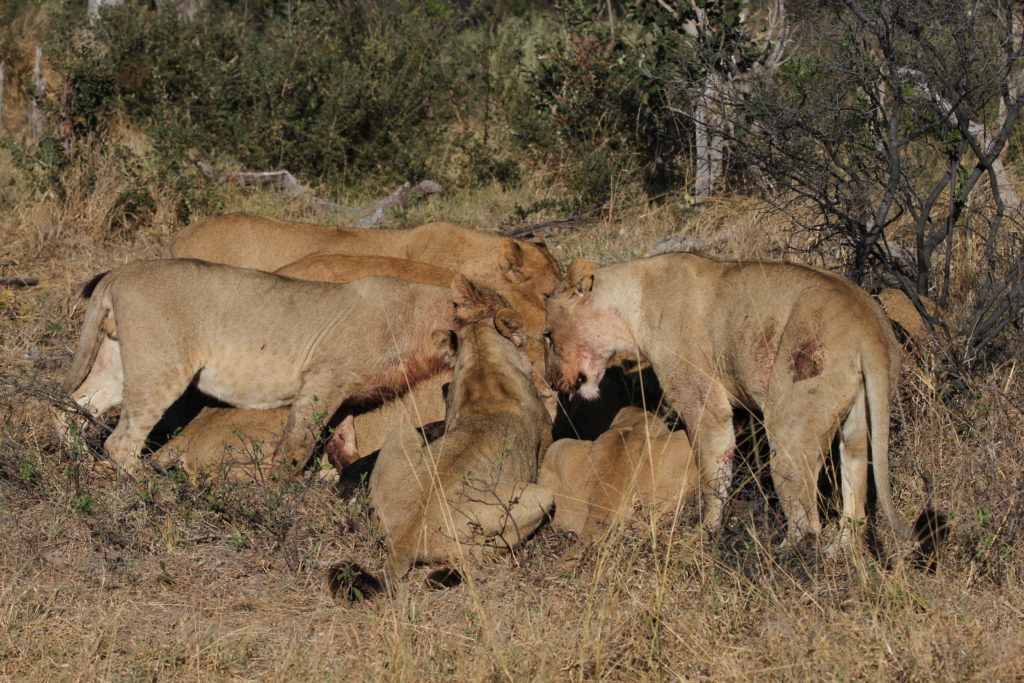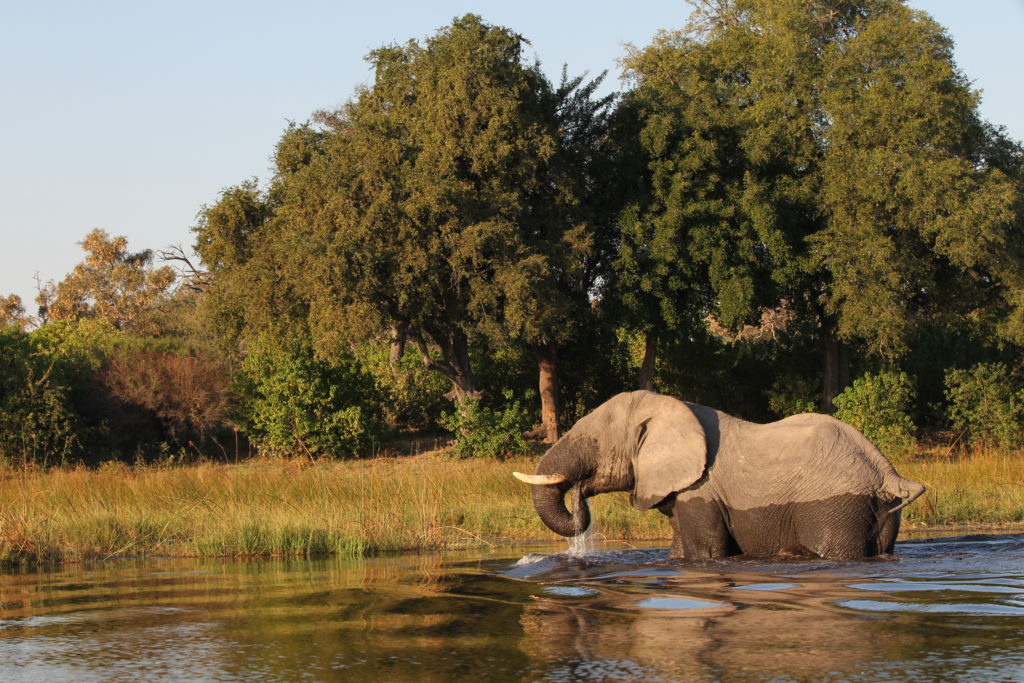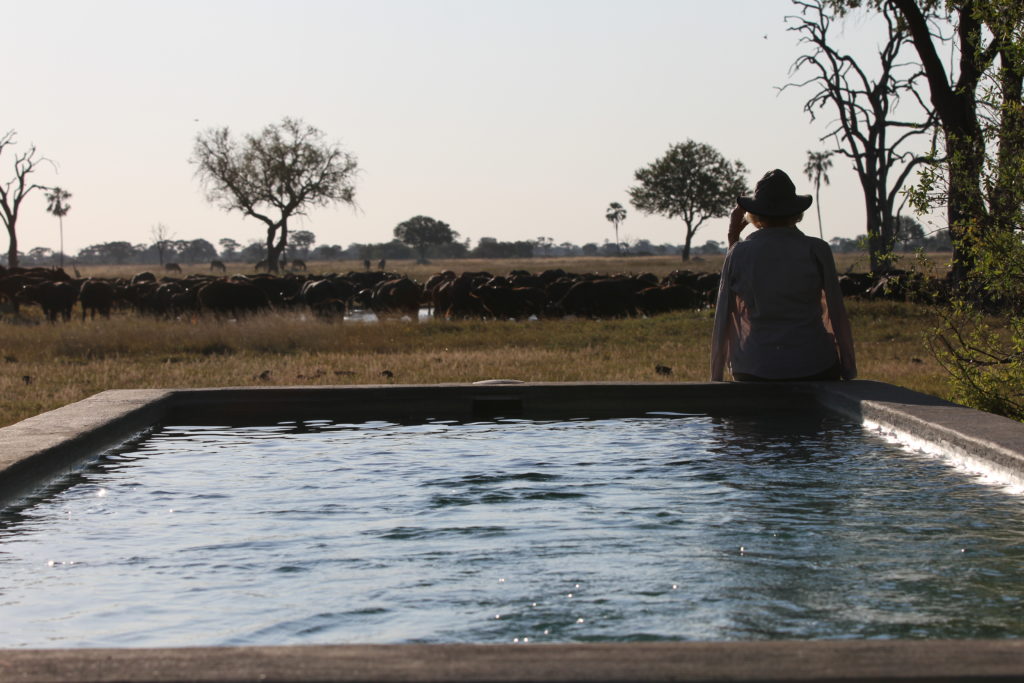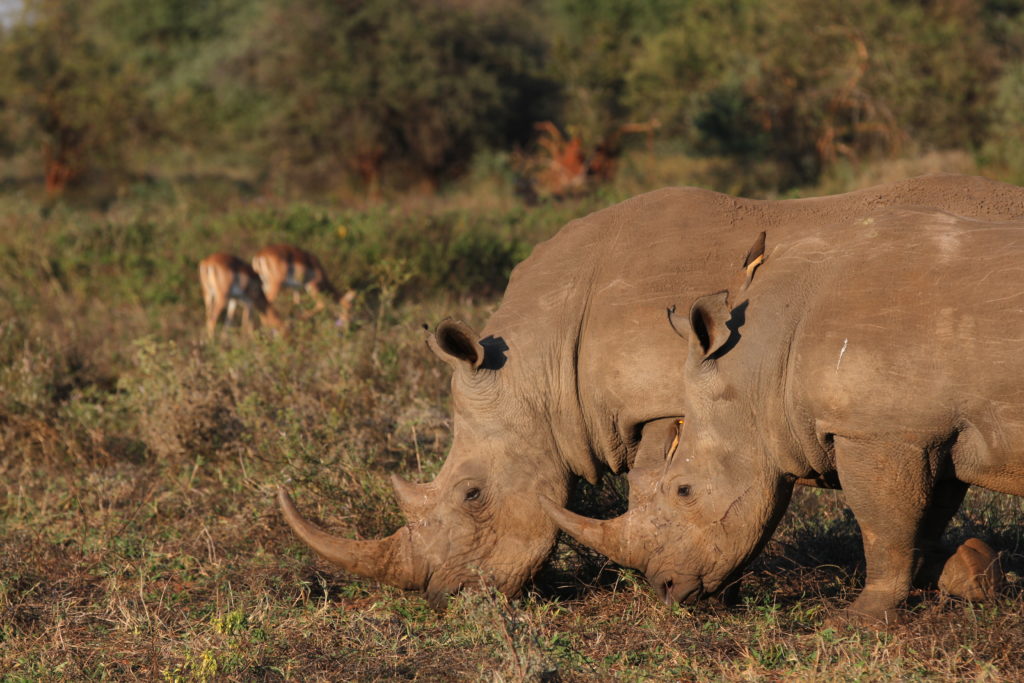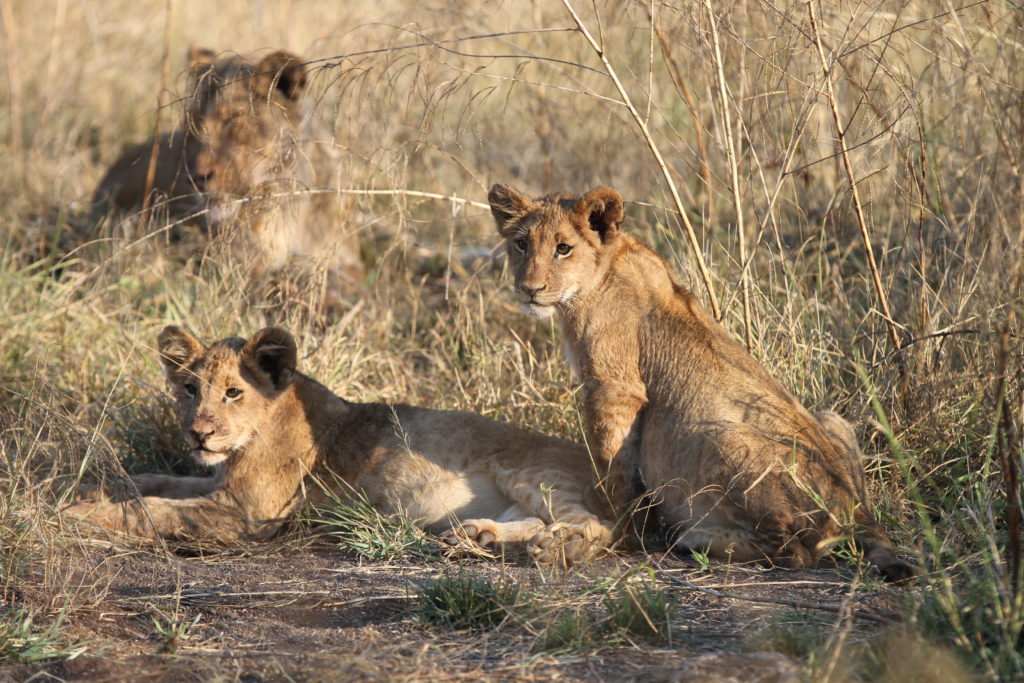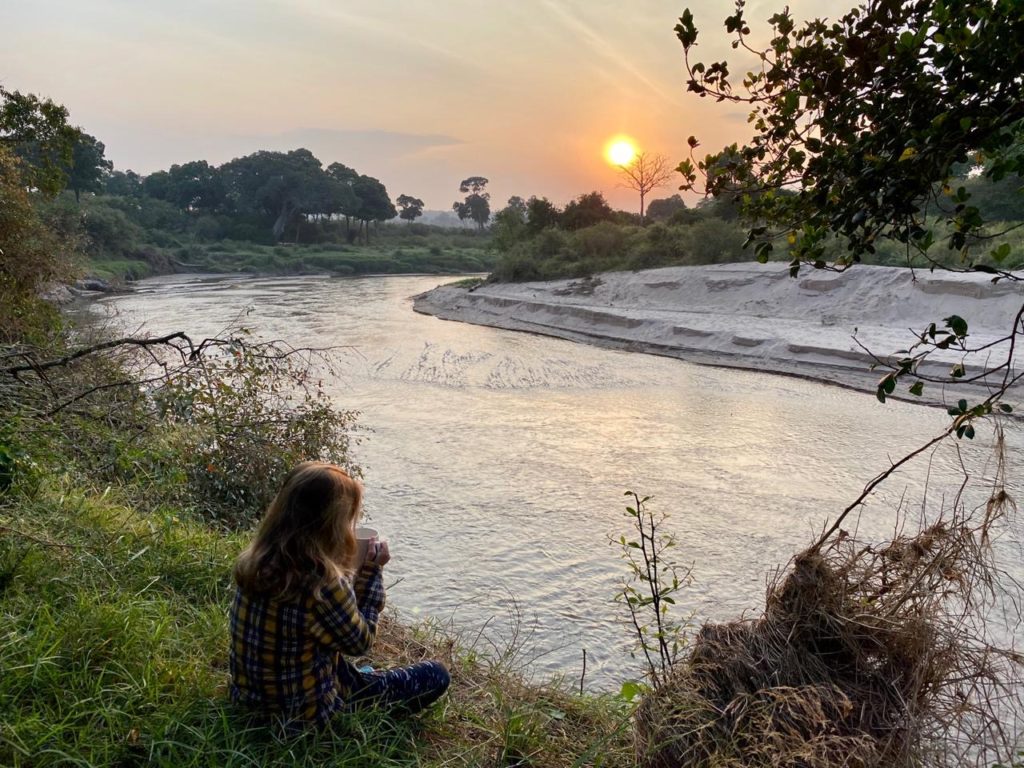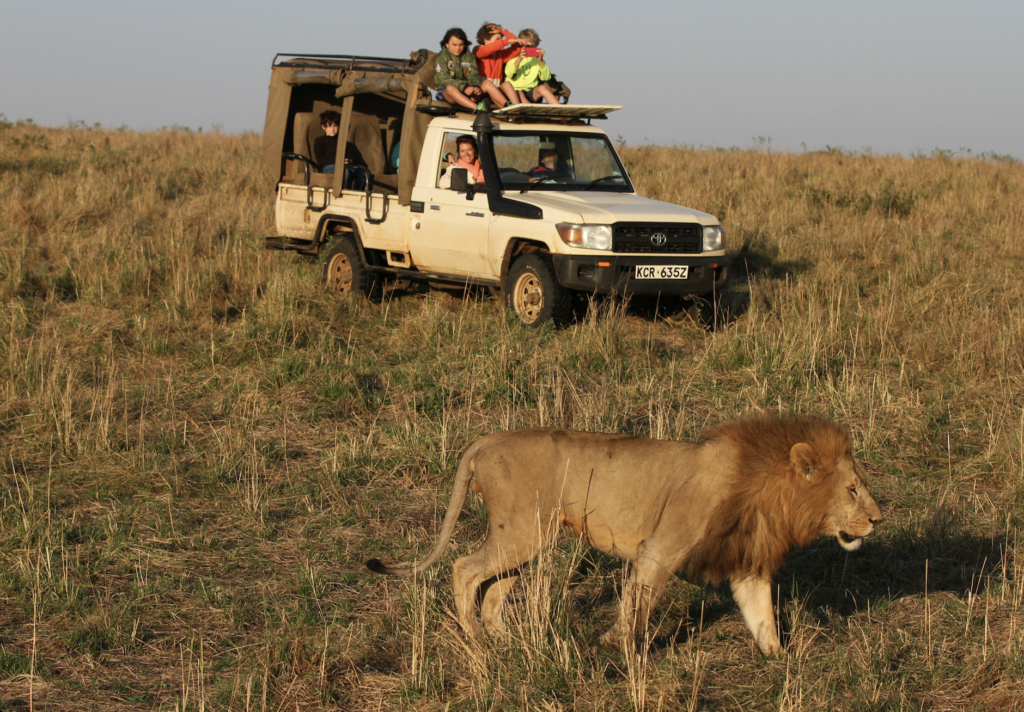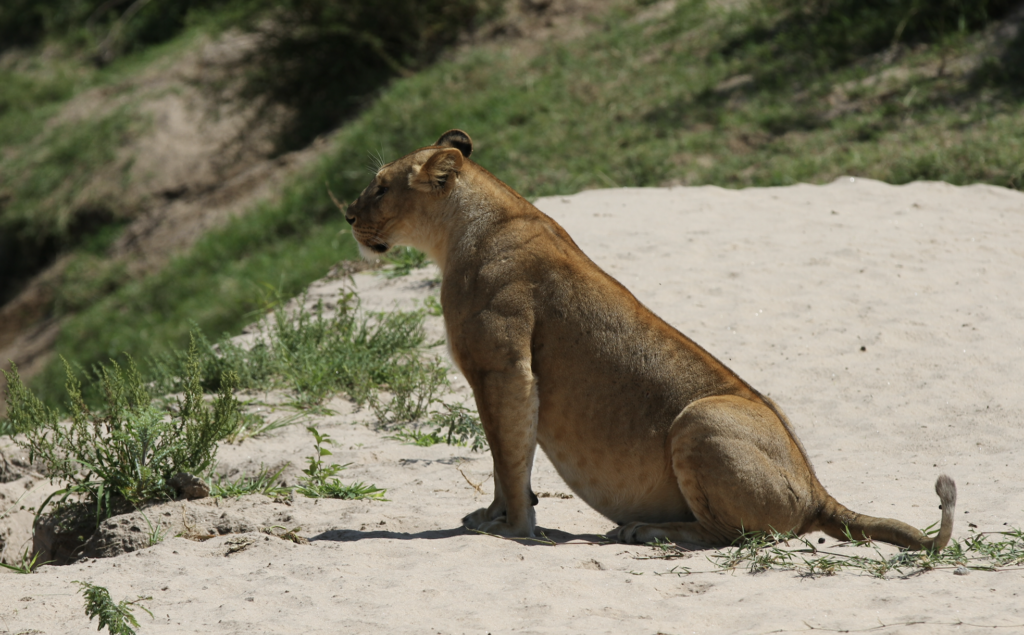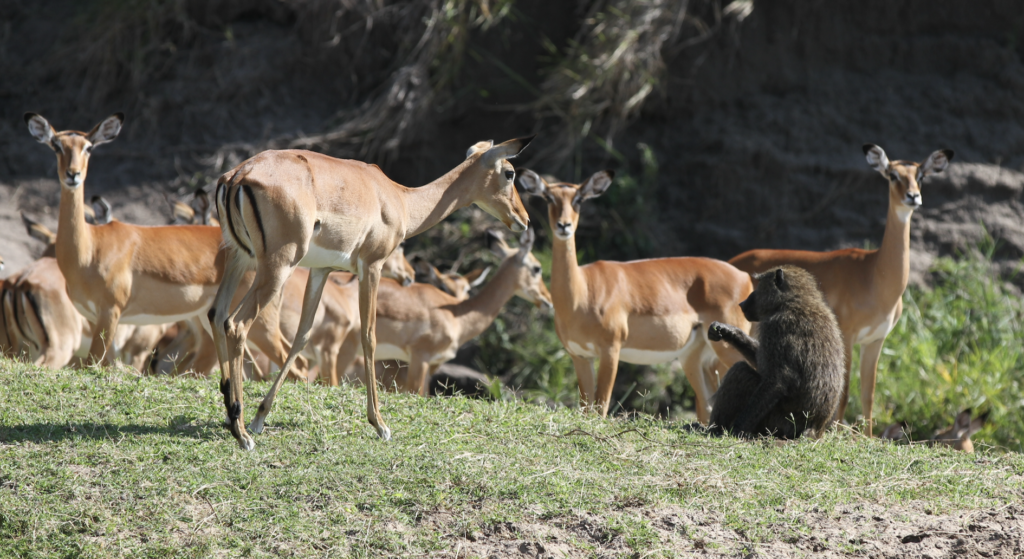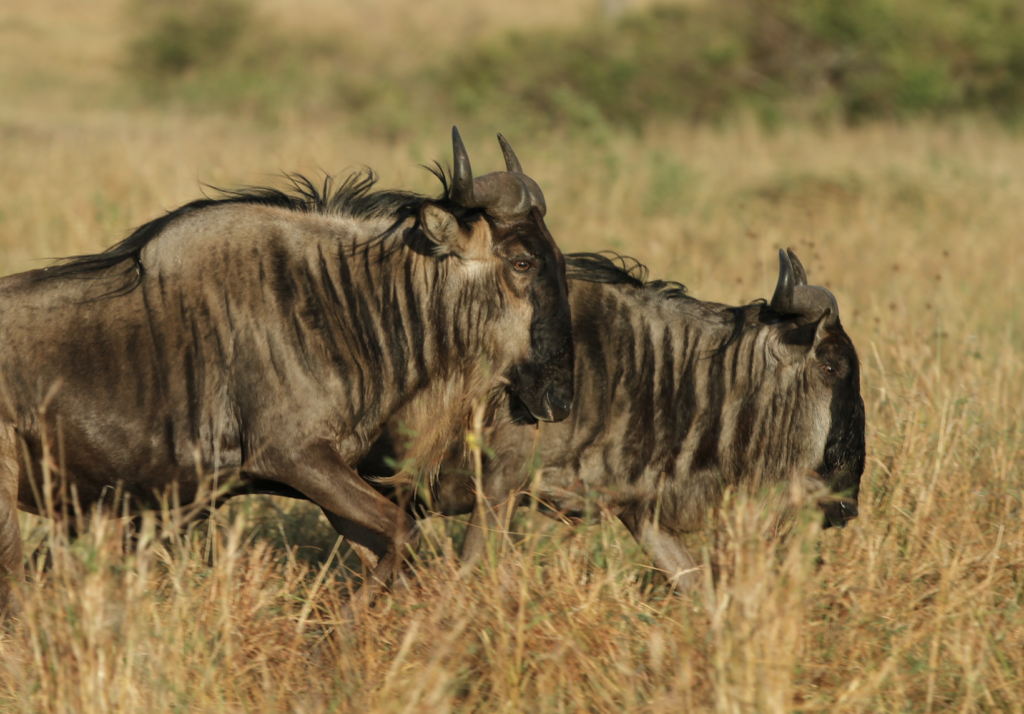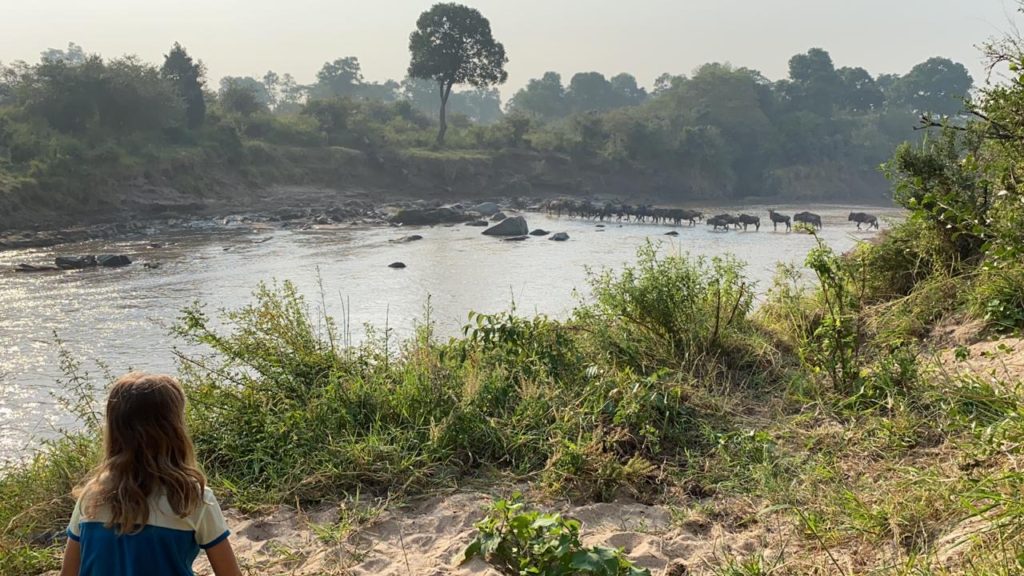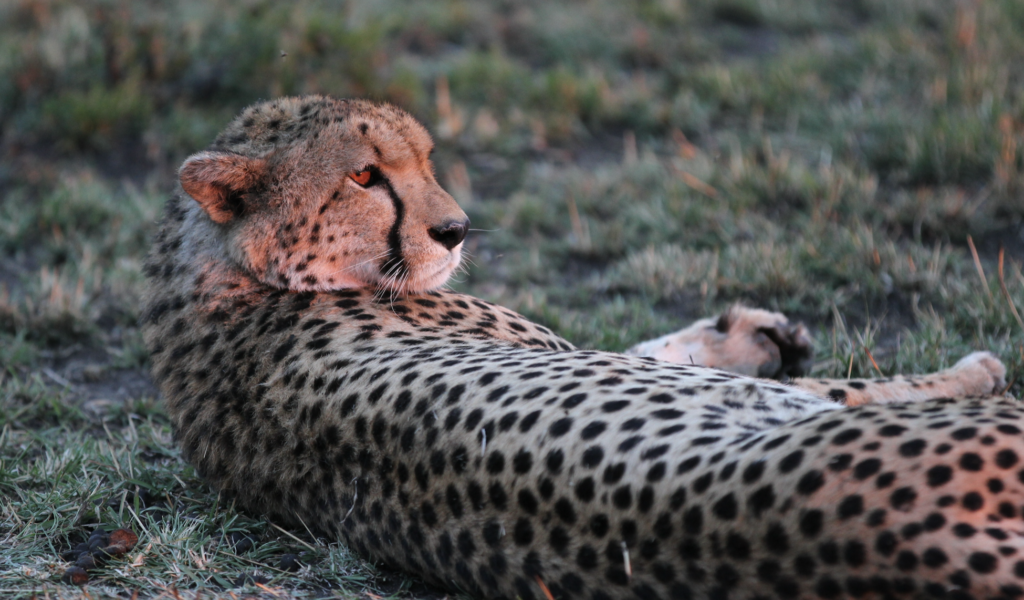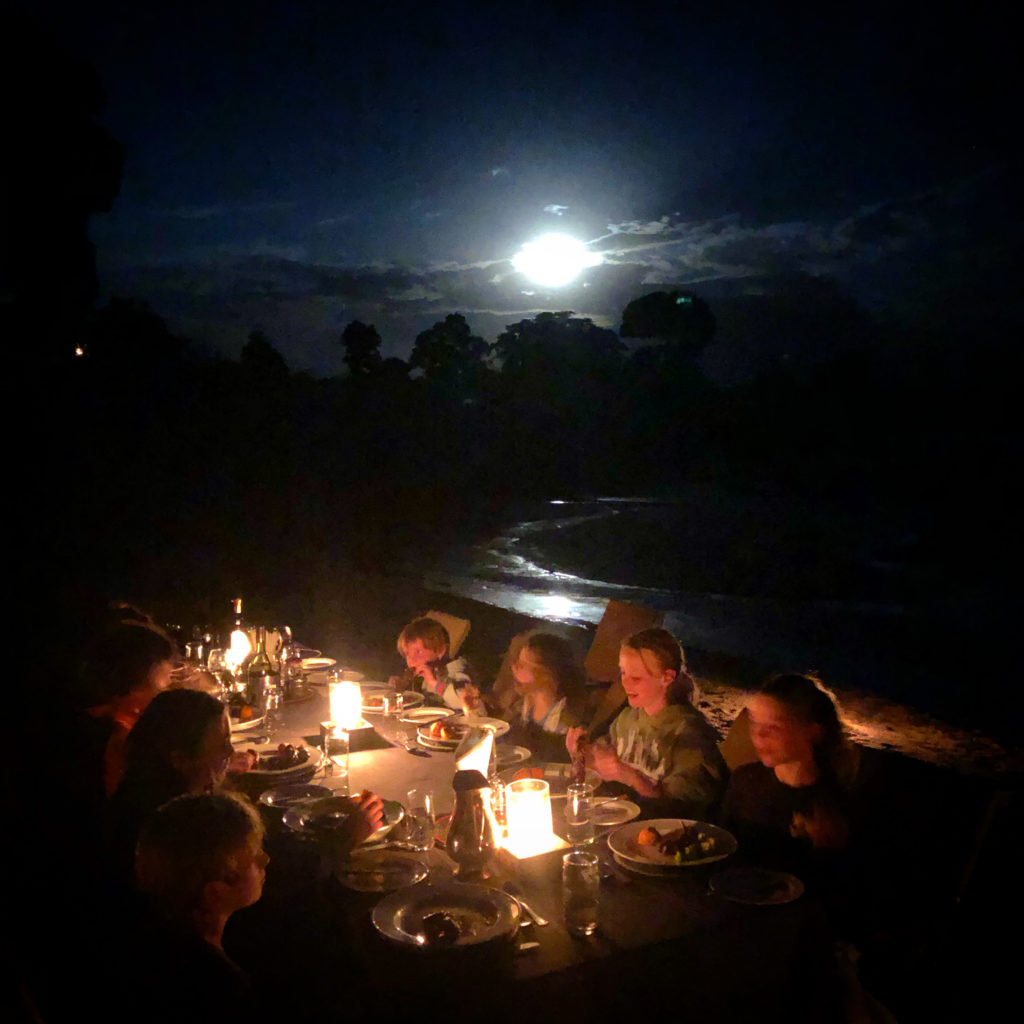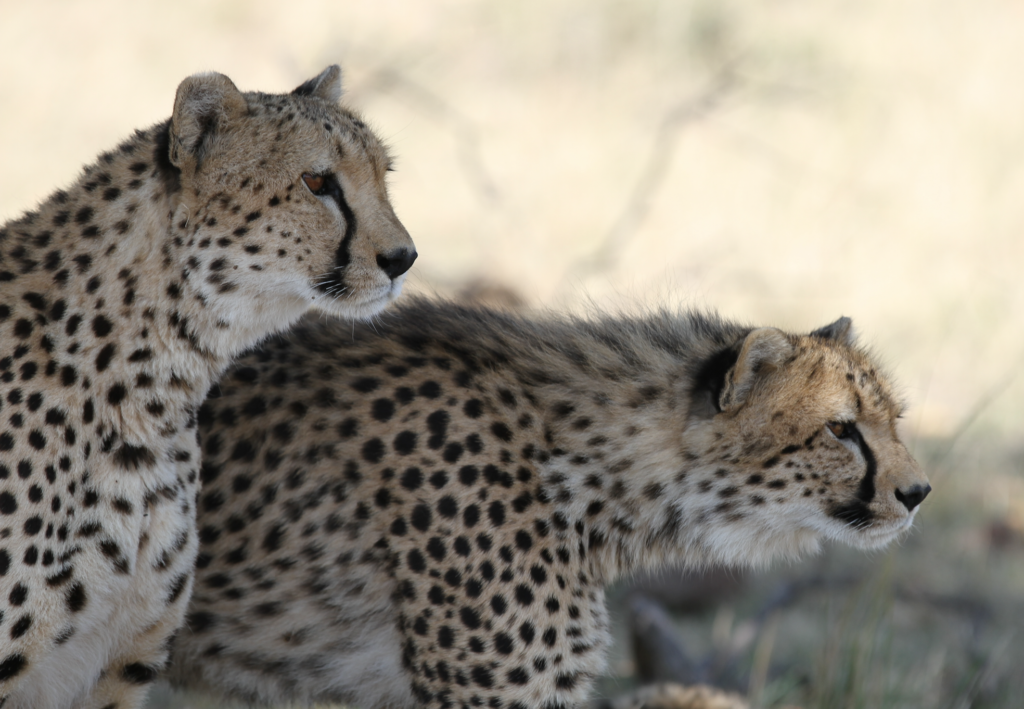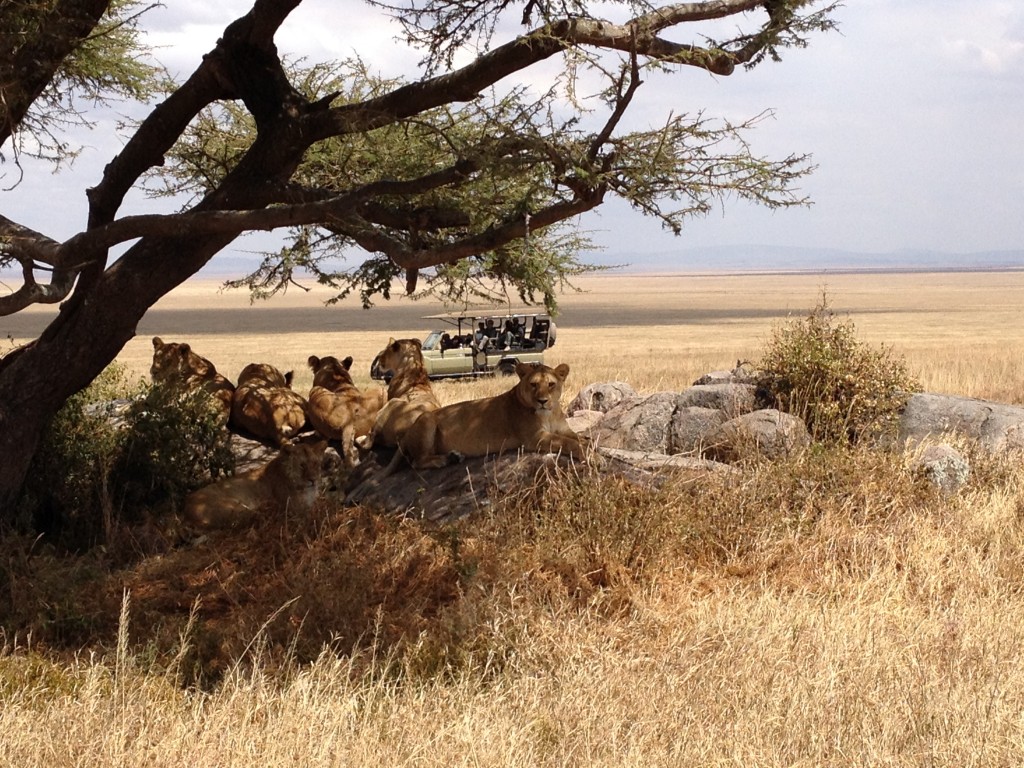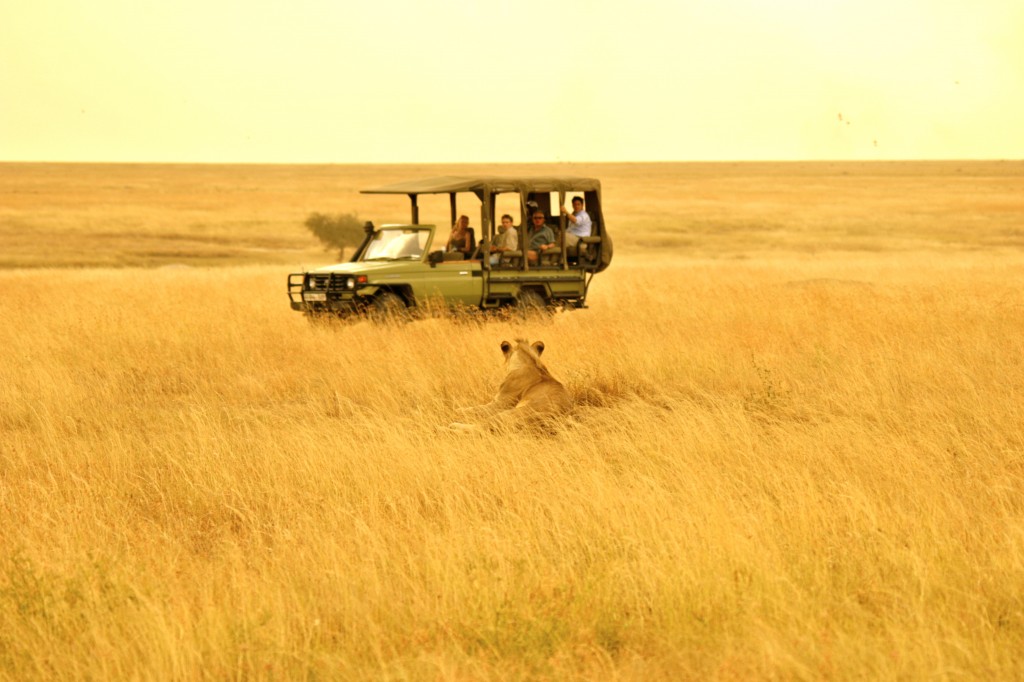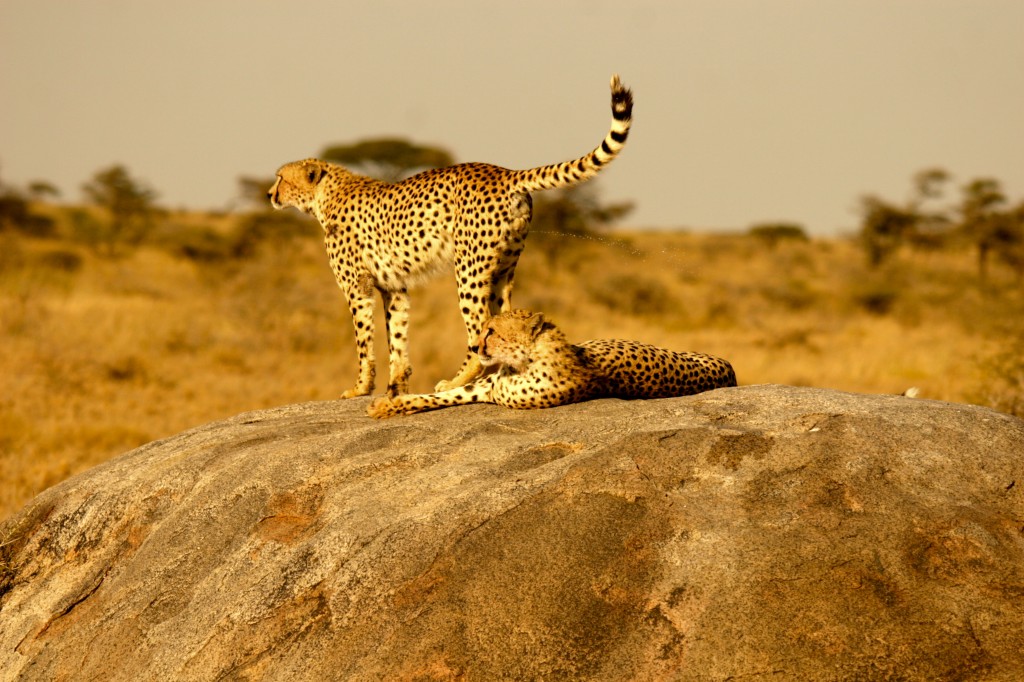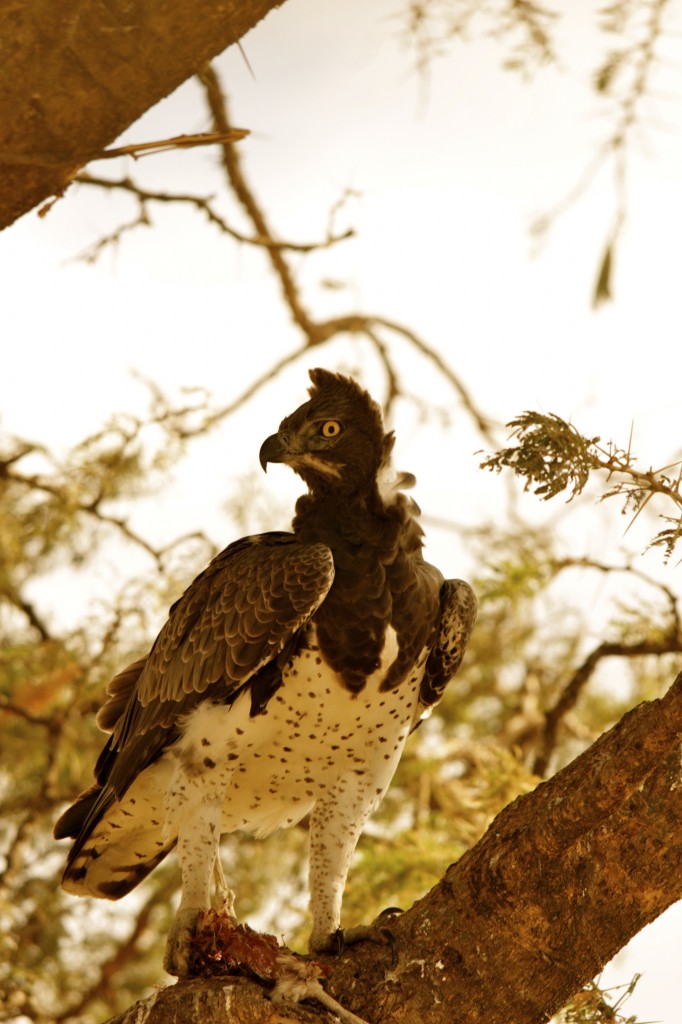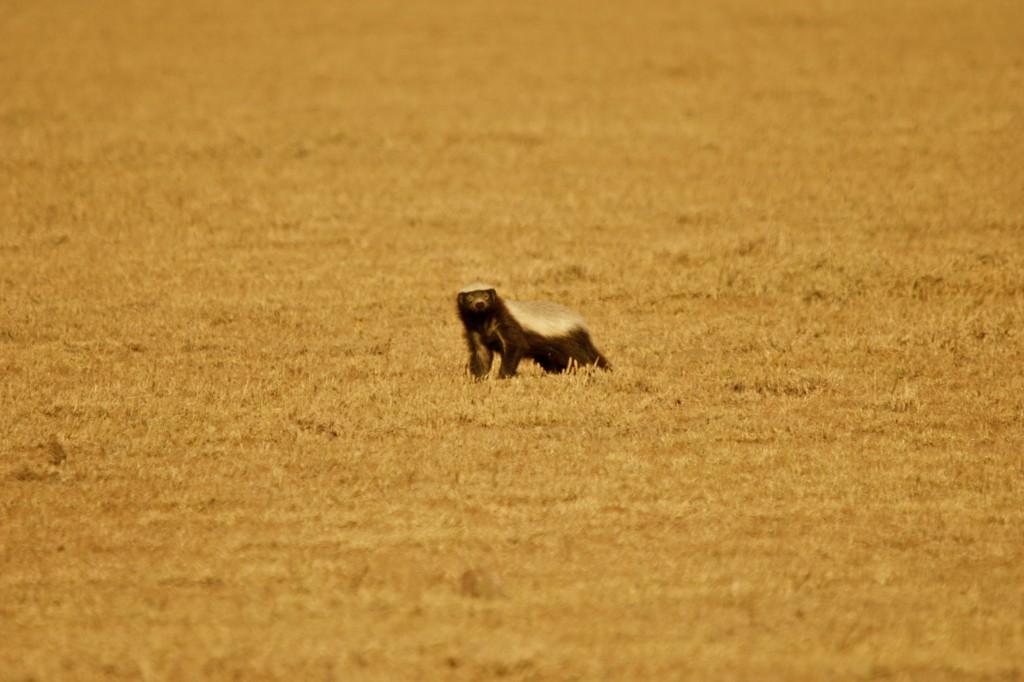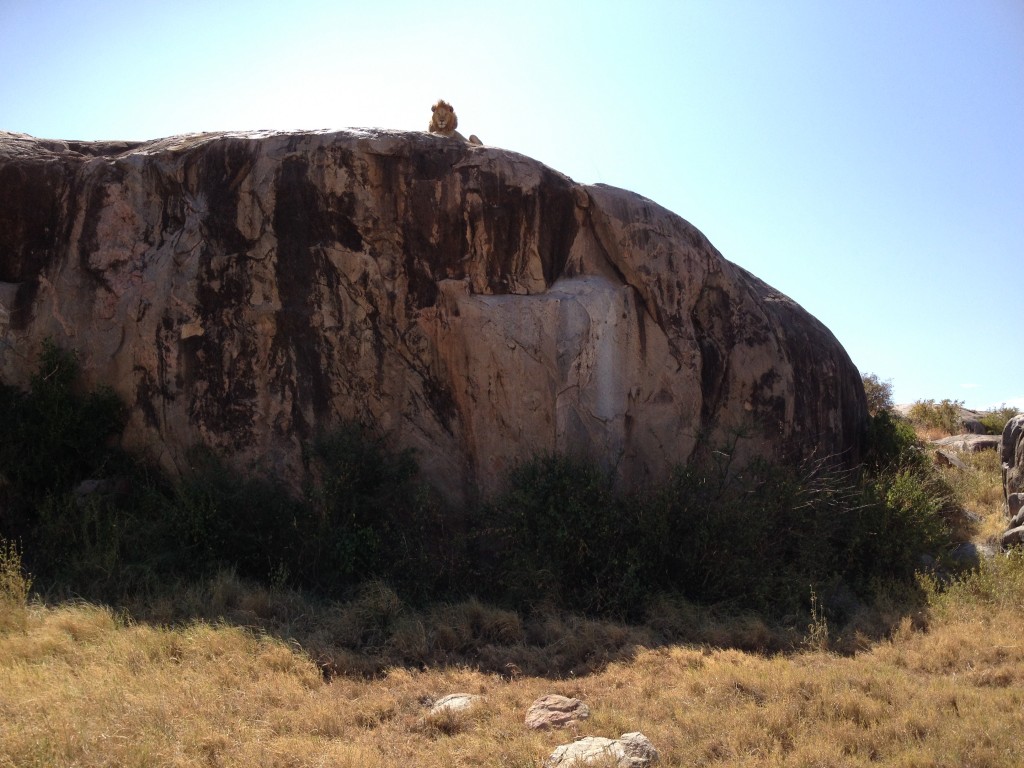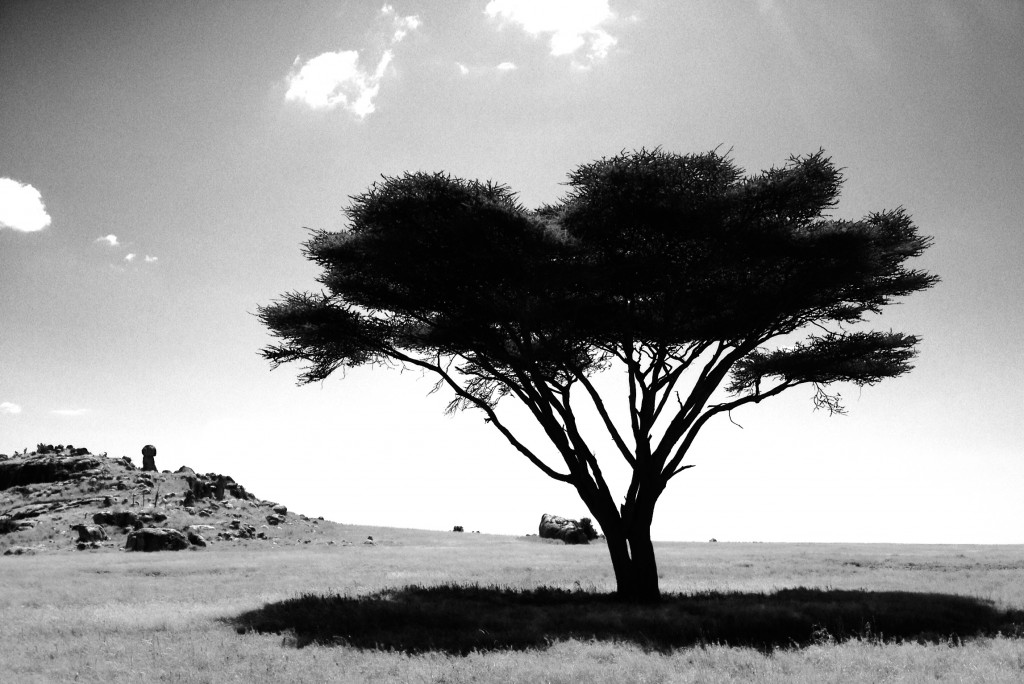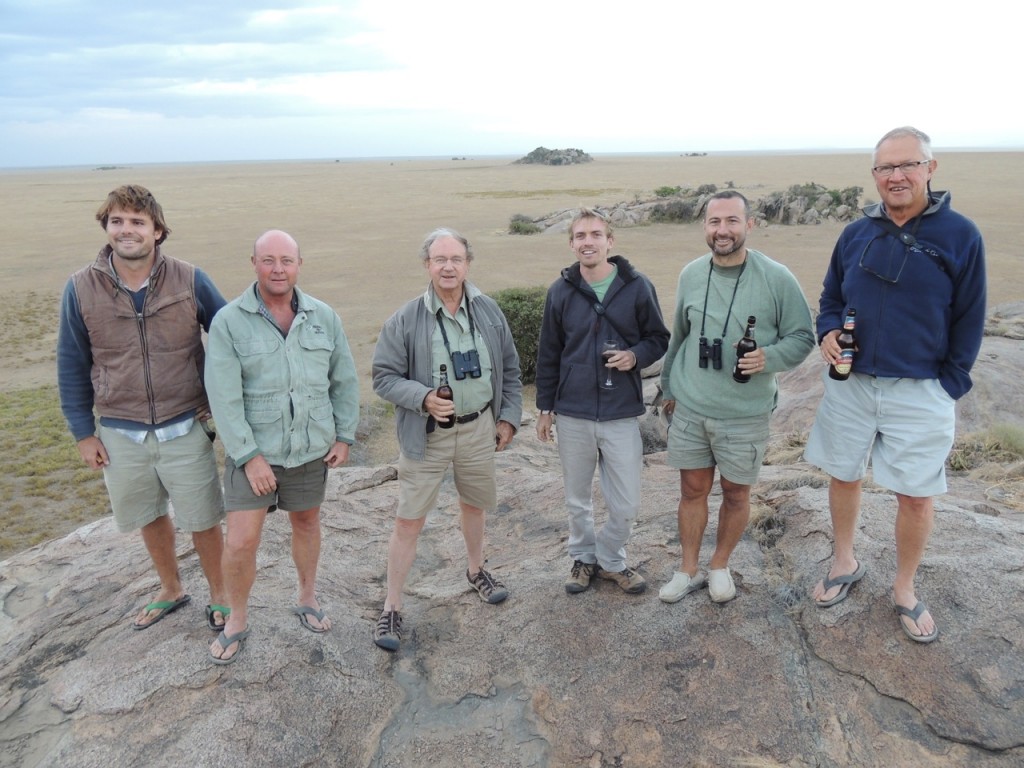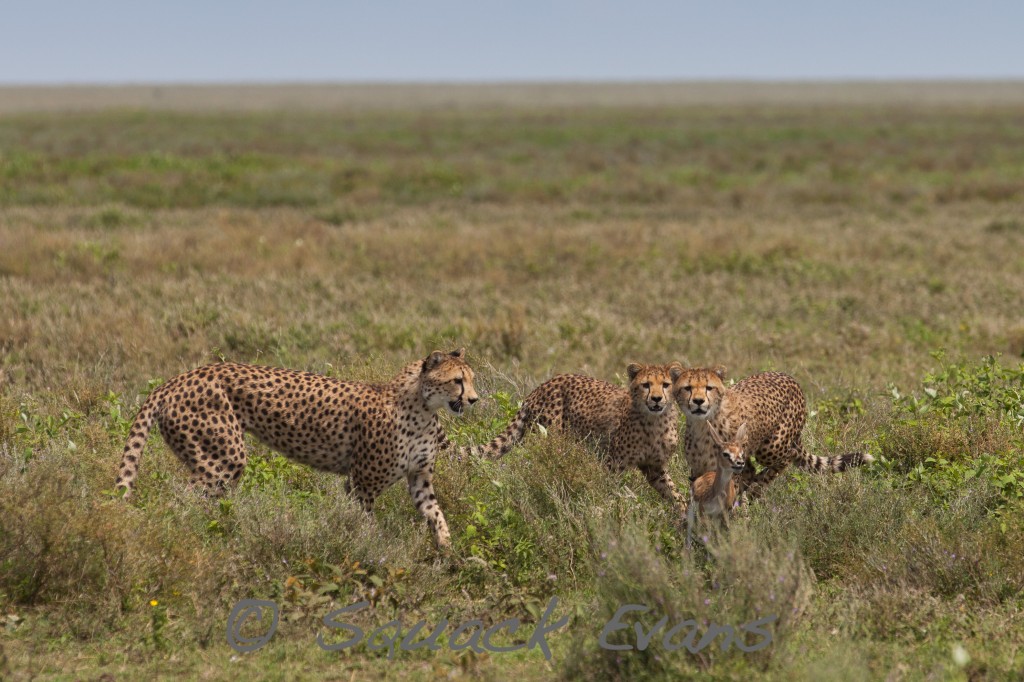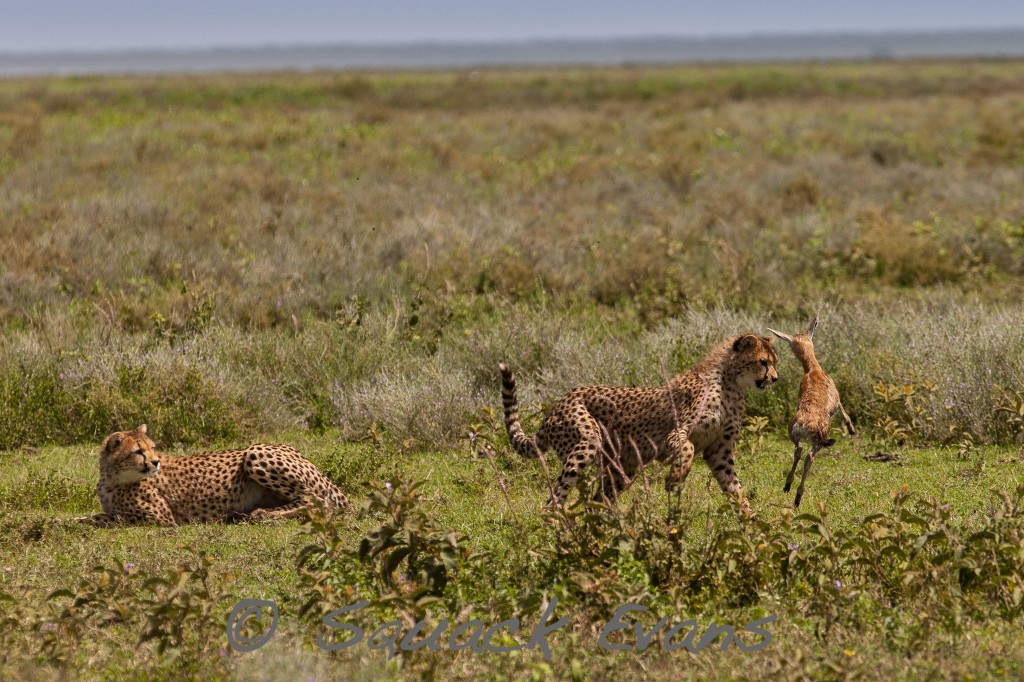There is simply no place better than the Maasai Mara when it comes to wildlife observations and photography. After all of my years on safari across the African continent, nothing beats a sunrise game drive here. The thrill of lions and hyenas fighting over a kill right next to the car, the tenderness of a cheetah mum grooming the morning dew from her cubs’ fur, or the peaceful sounds of chewing and tummy grumbles as elephants graze along the grassy tracks. The chorus of birdlife provides the idyllic backdrop for all of this as well as the giraffe, zebra, eland, and gazelles that are so often in view. The Mara is a year-round paradise, with something always happening. While the annual wildebeest migration is a highlight between June and October, the carnivores are all here year-round and there are thousands and thousands of resident animals to enjoy.
I think one of the benefits of traveling on safari with me is the ability to quickly get in sync with daily rituals that most suit your interests. While I can use my experience and offer recommendations, everything is still tailored around you. Working together, from the initial planning stage to actually being out on safari, we have the most fulfilling days and get the best results, whether you want ideal photographic opportunities or just feel like relaxing amidst it all. Regardless, we always feel like we need more time in the Mara, to soak it all up and then to share our experiences back in camp by the fire each night.
